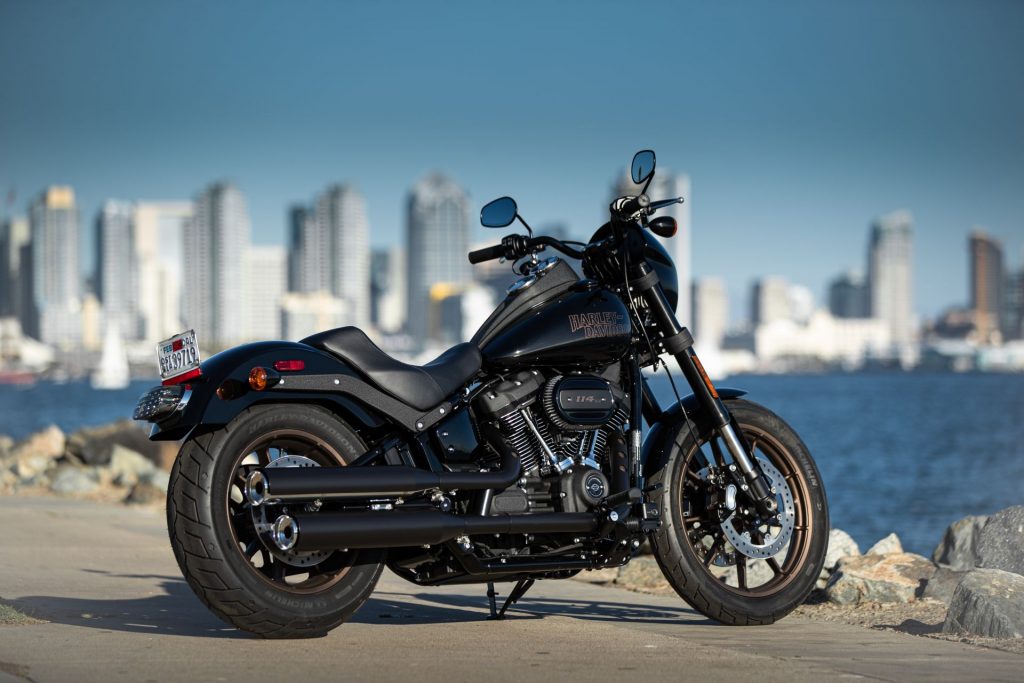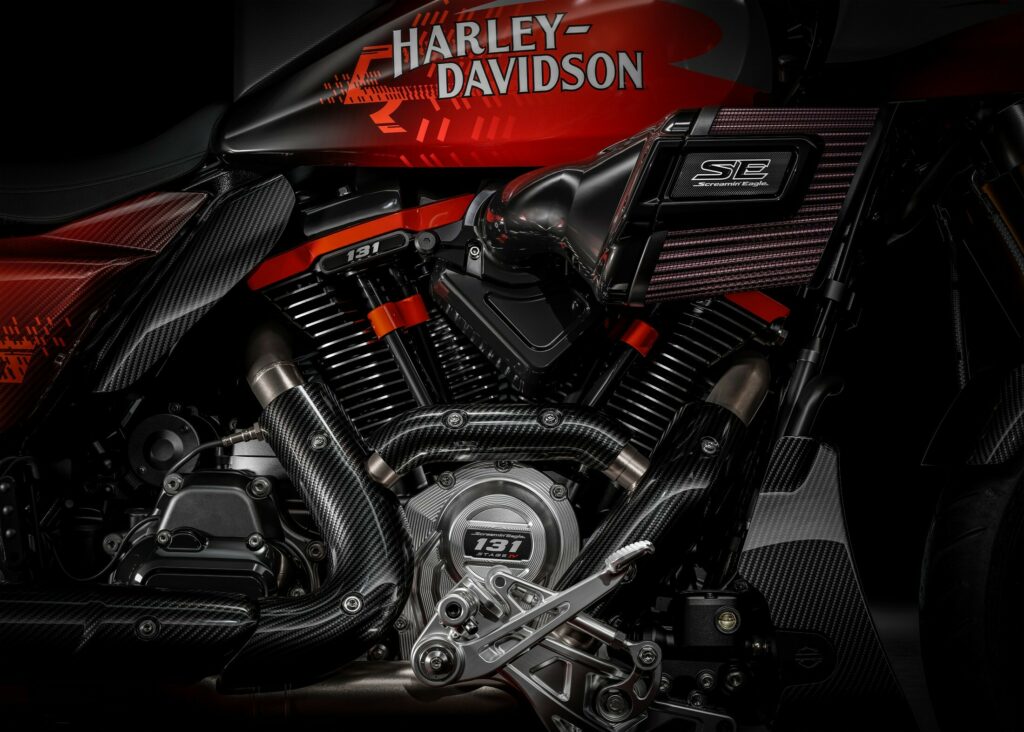India’s Tariffs

India has long been known for its sky-high tariffs on imported vehicles, with rates as hefty as 110%. These tariffs have fostered a thriving environment for local car manufacturers like Tata Motors. Meanwhile, they have proved challenging for foreign automakers, leading many to either set up local production or stay away from the enticing Indian market altogether.
A Proposed Change

Under some serious pressure from the U.S., India might be softening its stance. There’s talk of slashing tariffs on big motorcycles, which would be a potential boost for brands like Harley-Davidson. Right now, bikes with engines above 750cc might see their tariffs eliminated. For perspective, India charges a 40% import tariff on motorcycles with engines up to 1,600cc, a figure that used to be even higher at 50%.
A Harley Advantage?

While this potential tariff cut might seem small, its significance can’t be understated. Large-capacity motorcycles are a minor fraction of India’s annual vehicle sales, which stand at around 16 million. However, broader trade talks could even scrap tariffs on imported auto parts altogether, as long as the U.S. reciprocates similarly. U.S. Vice President JD Vance, who visited India, emphasized the need for easier market access for American businesses.
The Competition
If tariffs are reduced, there’s speculation about who stands to gain the most. American cars may not flood the market due to costs, but existing European players like VW and Renault could seize the opportunity. They’re well-versed in manufacturing affordable models locally, which could edge them ahead as the tariffs come down.
Market Impact
For Indian consumers, lower tariffs could mean more variety and competitive pricing. Imports are currently dismal, with only 15,000 cars coming in annually, and a mere 1,000 of those originate from the U.S. The high tariffs have been a barrier not just for car companies but even for brands like Tesla. However, Musk’s recent interactions with the Indian government suggest there might be more action on the horizon.
Final Thoughts
If India eases these tariffs, the ripple effect could be massive. While U.S.-built cars might not suddenly become common sights on Indian roads, the change could make way for more European models and potentially bring pricing benefits. For a market hungry for diverse options, this shift would be keenly felt by auto enthusiasts and everyday consumers alike.
Looking Ahead
As negotiations continue, what’s clear is the strategic advantage foreign manufacturers might glean from reduced import duties. The end result? Possibly a more competitive automotive landscape in India, with global brands vying for a slice of the pie and consumers reaping the benefits of enhanced choice and affordability.
Nissan Goes Electric
Chery Unveils Himla
Ferrari F1 Showpiece
Ferrari SF90 Boost
Mustang's Bold Future